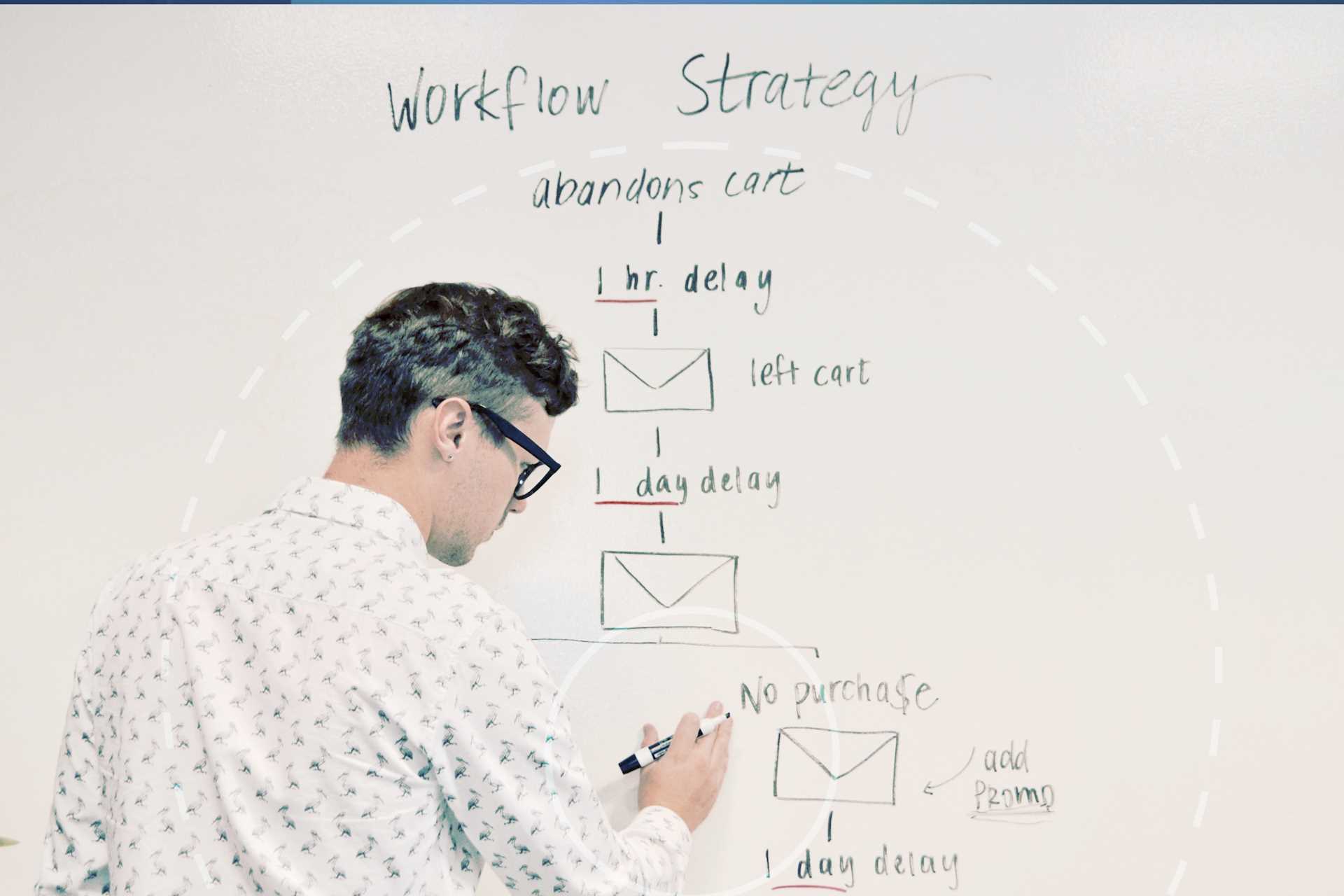Demand and lead generation are two crucial pillars in an effective marketing strategy
In a complex media environment that has thousands of advertisers vying for users’ attention, marketers must think of campaigns as a marathon, not a sprint. Aggressively pursuing a sale or download can turn off potential customers, forever tarnishing your brand in their eyes. Instead, marketers should take a thoughtful, long-term approach that starts with awareness and education before zeroing in on conversions — in other words, find the balance between demand generation and lead generation campaigns.
For advertisers in the connected TV space, this means taking advantage of the power of television marketing to tell your story before using precise targeting to follow up with interested viewers. If you’re debating the merits of demand gen vs. lead gen, it’s critical to understand the nuances of both marketing techniques and apply them strategically.
Discover strategies, metrics, examples and more with The Complete Guide to Demand Generation.
Demand Gen vs. Lead Gen: What’s the Difference?
In a perfect world, viewers would make a purchase the very first time they see your ad. But that’s not realistic. With so much information at their fingertips, consumers go through a journey that begins with brand awareness, proceeds to research, and then finally ends with a transaction if the first two stages have been successful. To complicate matters further, each shopper’s journey is different and laden with distractions along the way. Meeting them on their path requires a multi-stage approach to marketing campaigns that begins with demand generation before moving on to lead generation.
What Is Demand Generation and Why Does it Matter?
In order for consumers to complete a transaction with your brand, they first have to know it exists. Of course, what’s simple in concept is a lot more complex in execution, particularly in an environment where consumers are overwhelmingly distrustful of brands.
That’s where demand generation comes in. Demand-gen campaigns are designed to educate consumers about your brand and offerings without expecting anything in return. The ultimate goal of demand generation isn’t to close deals or make sales, it’s to raise brand awareness. This helps build trust — a factor that 81% of consumers say greatly influences their purchasing decisions.
It might seem counterintuitive to embark on marketing campaigns with no expectation of conversions, but demand generation is an investment in your brand’s long-term success. Jumping right to the sales pitch or using aggressive marketing tactics can turn people away, and in some cases, you may never get a chance to repair your reputation. On the other hand, beginning the journey with demand generation not only sets your brand up for short-term success, it also lays the foundation for long-term consumer loyalty.
The good news for CTV marketers is that connected TV is the ideal platform for driving brand awareness. In fact, 38% of marketers have cited increased brand awareness as the leading benefit of the connected TV platform, likely in part because standard pre-roll CTV ads see a higher completion rate than those on PC or mobile. To learn more about the benefits of connected TV advertising, check out our free guide, The CTV Advertising Playbook.
Demand Generation: Best Practices for CTV Marketers
- Be more than just a brand name: Name recognition isn’t enough anymore; consumers want to know what your brand stands for. Think about the values you want audiences to associate with your brand and convey them clearly throughout the demand generation process.
- Create engaging content: With the advertising real estate of the HDTV screen at your fingertips, take the time to flex your creative muscles and make something memorable.
- Offer free trials and demos: Sometimes the best way to convey your unique value proposition is to let users experience it for themselves. Offering a limited-time trial or demonstration of your services lets you take a “show, don’t tell” approach that reduces the need for more aggressive selling later on.
- Consider influencer marketing: Modern consumers trust influencers far more than traditional celebrity endorsements, so having brand evangelists on board can go a long way toward earning loyalty. Just make sure that any influencer you work with embodies your brand values, as a mismatch can have the opposite of the intended effect.
- Track your progress: Are your strategies working? To answer that question, you’ll need to know which key performance indicators are specific to demand generation success and use them to gauge the effectiveness of your campaigns.
What Is Lead Generation and Why Does it Matter?
If demand generation exists at the top of the marketing funnel, lead generation appears at the bottom. Lead-gen campaigns are designed to build upon the foundation laid by demand generation, targeting your most likely customers and collecting valuable data about them. At the lead generation stage, you’re ready to convert casually interested viewers into paying customers. In other words, this is the time to guide consumers toward your desired end result, whether that’s a sale, app download, or subscription sign-up.
So why is lead generation the appropriate time to push for conversions? At this stage in the process, your brand identity should be well-established, so you won’t have to re-introduce yourself. Lead generation typically targets smaller, more focused audiences full of consumers ready to take the next step in the journey, meaning you won’t waste valuable ad dollars shouting into the void. On performance platforms like CTV, you’ll have a variety of data available to you, so study the results of your demand-gen campaigns and use that analysis to focus your efforts on those who have shown interest in your brand.
Lead Generation Best Practices
- Hone in on your audience: While demand-generation content is directed at a broader audience, lead-gen is the time to get specific. Who is your target customer? What demographic responds best to your ads? Take advantage of CTV’s advanced targeting capabilities to get your message in front of the right people at the right time.
- Engage in retargeting campaigns: CTV platforms like tvScientific allow for sophisticated web-to-TV retargeting. This means you can show interested consumers your message again — this time, on a bigger screen — when they’re relaxed and engaged.
- Get creative with CTAs: When leading consumers to the next step on CTV, you can’t rely on a simple one-click interface like you can on mobile and the web. Utilize creative calls to action like QR codes that direct viewers to the desired endpoint of the lead generation campaign.
Balance Demand Gen vs. Lead Gen Strategies With tvScientific
An effective marketing strategy uses both demand generation and lead generation tactics to raise brand recall, build trust, and convert viewers to customers. At tvScientific, our sophisticated performance marketing platform is designed to attract consumers at every stage of their journey, from awareness to conversion. Real-time reporting allows you to track performance with accuracy, while more than 15,000 unique targeting segments allow you to hone in on your desired audience. To learn more about how tvScientific can help guide your demand-gen and lead-gen campaigns, get in touch to set up a free demo.







